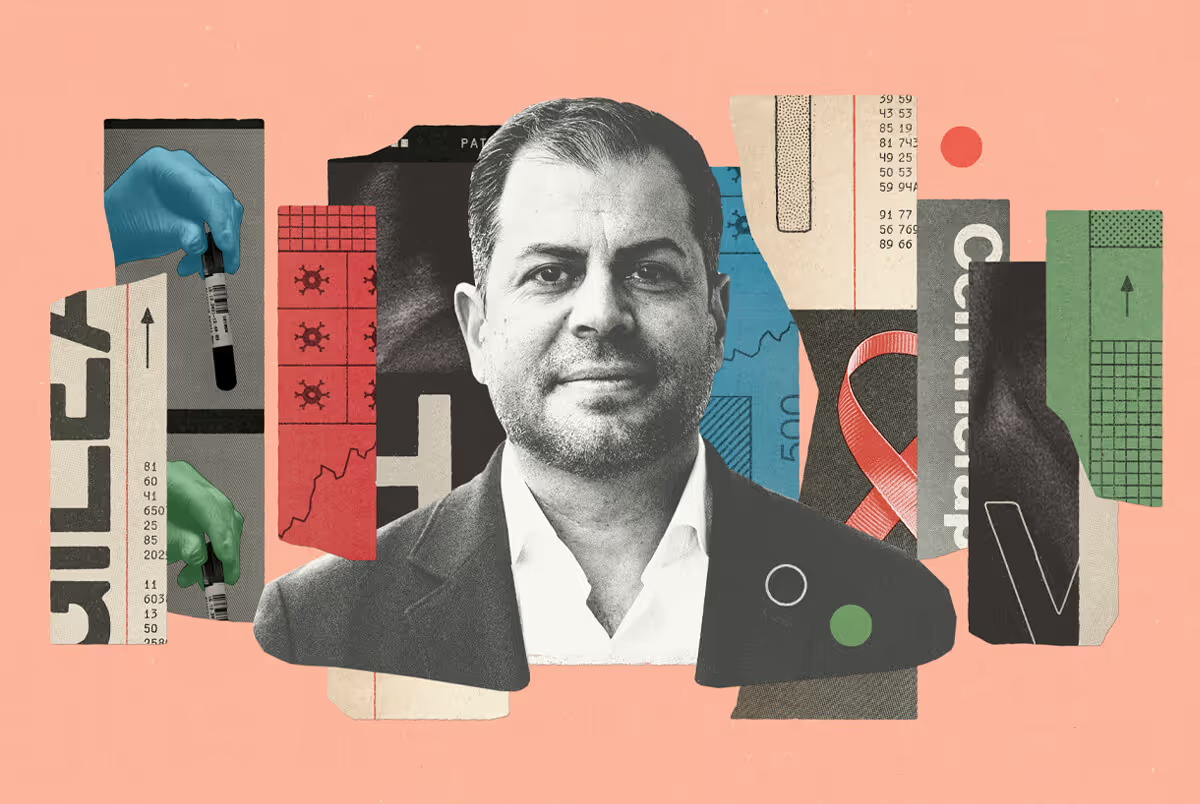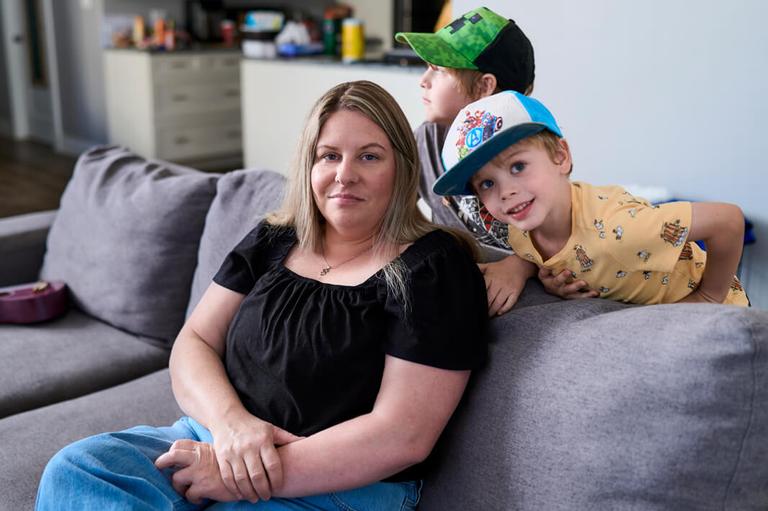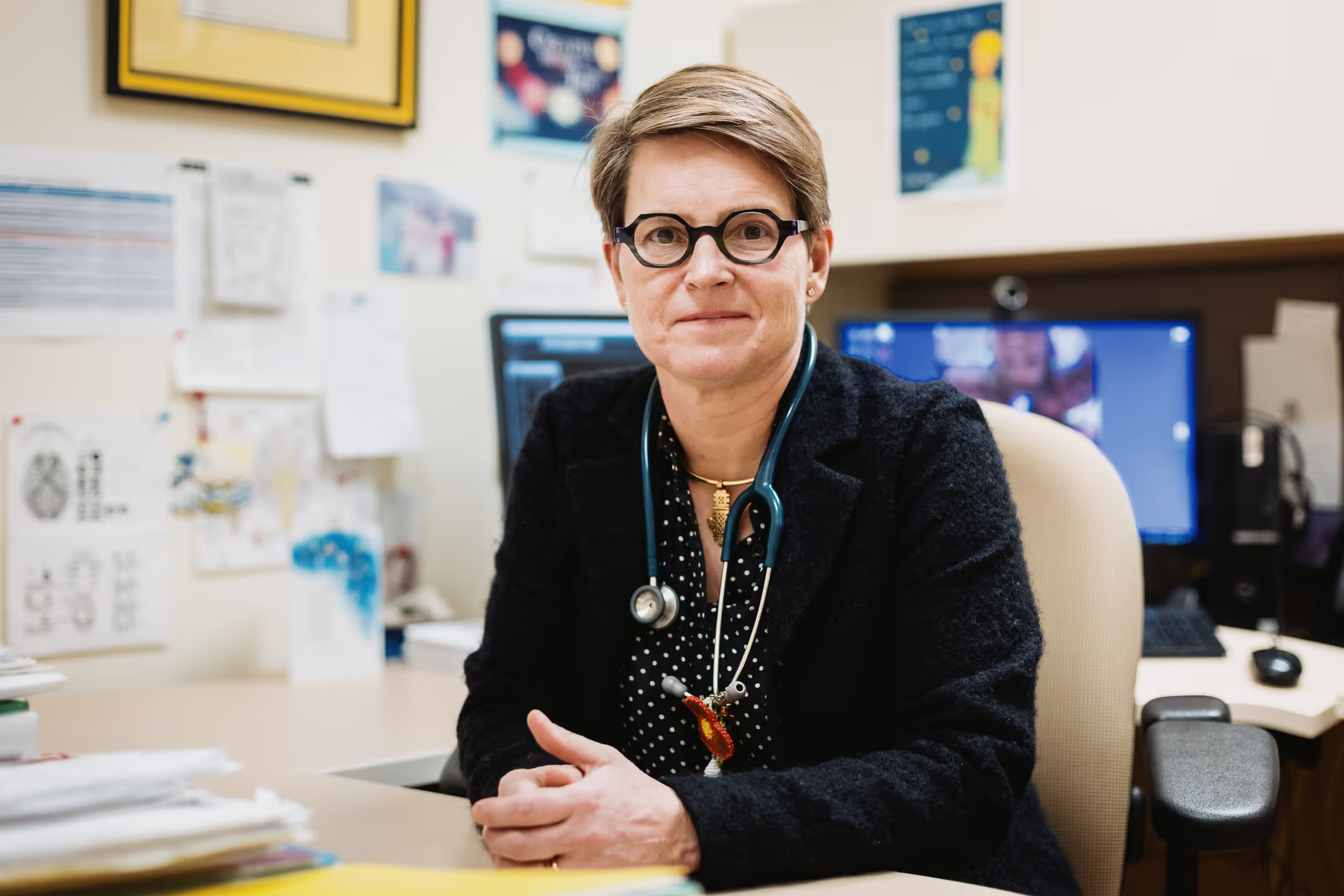“I was 15 years old when juvenile idiopathic arthritis took my whole identity from me. I was in so much pain that some days I couldn’t even get out of bed. I couldn’t help with the family bread-baking business — my hands couldn’t work the dough. I felt totally useless. I’d started high school with everything going for me. I was tall, strong, and good at sports, and had a ton of friends. But between the arthritis and the side effects of the medications, by 17, I was rotting away in my room, totally isolated, doing nothing but playing video games. I ballooned to almost 300 pounds.
It was actually video games that saved me, or rather the people I met through them. When I was at my lowest, my dad bought me a flight to California to go meet up with friends I’d made through World of Warcraft. They were such good people with good hearts, and at the end of the trip they told me they weren’t going to keep playing with me unless I started taking care of myself.
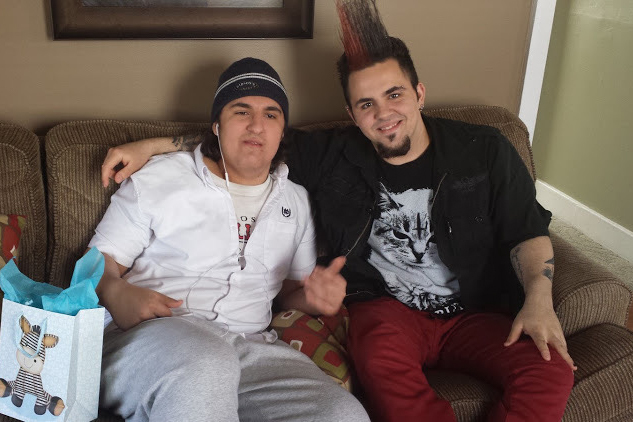
I started just with walking. I lost the first 10 pounds really fast and my confidence began to return. Then my dad was like, ‘Why don’t we try lifting some weights?’ As I got stronger, the pain got a little easier to bear. I threw myself into strength training. Soon, I was baking bread again, working full-time at the family business. And every moment I wasn’t working or sleeping, I was lifting weights. I was also listening to all these podcasts and audiobooks about biomechanics and health, building a whole library in my head.
I got into incredible shape and people who saw how much I’d turned my life around started coming to me for help. Next thing you know, I’m helping 20 different people with their strength training. It was my dad who suggested turning it into a business. And that’s how, at 21 years old, I started Forge Fitness, which has now grown to fill an 8,000 square foot gym. I’m training pro athletes, but I’m also helping people overcome chronic pain and disability. Building strength is one of the most proactive things you can do to protect your health, no matter what circumstance you’re starting from. Movement is medicine.
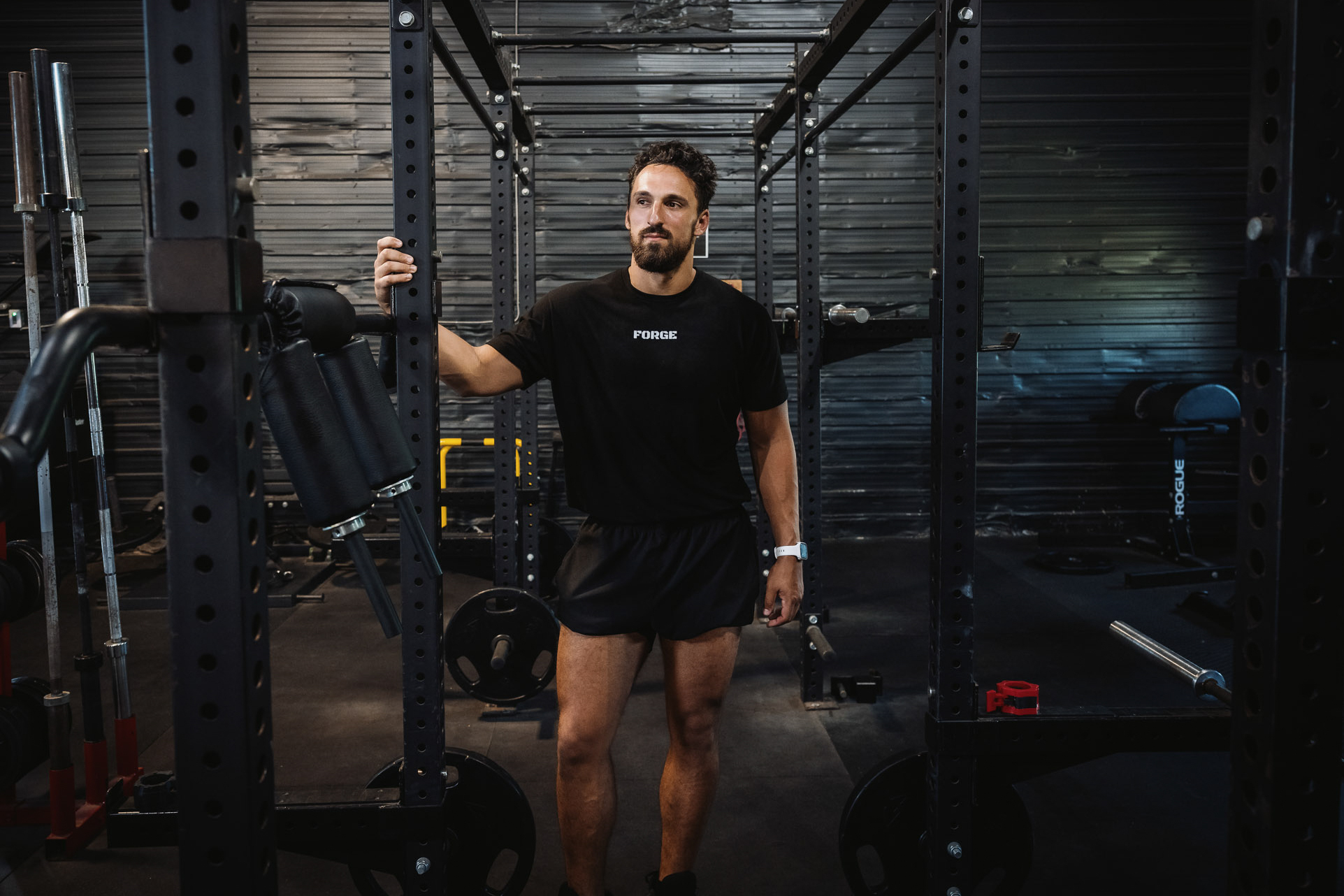
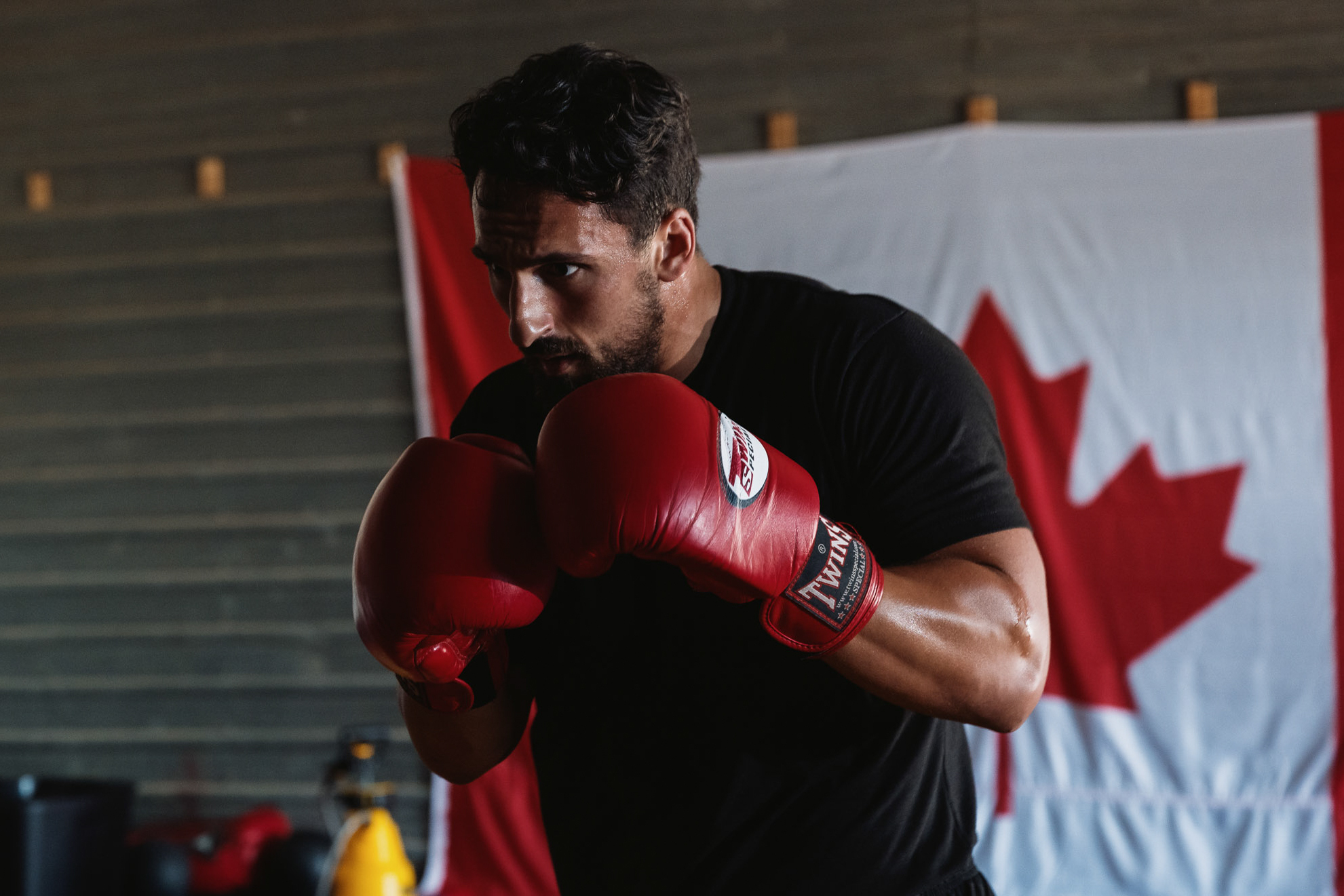
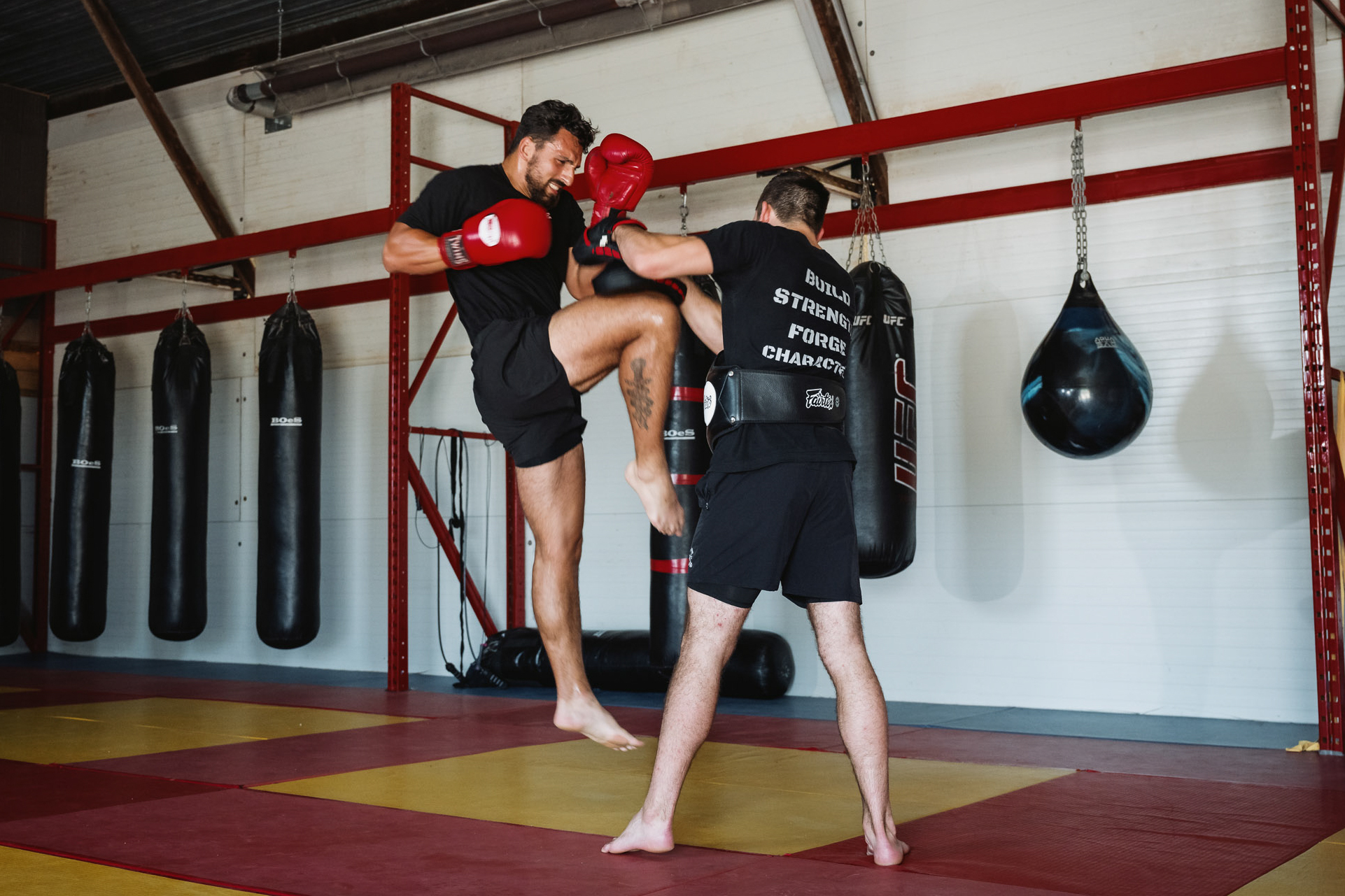



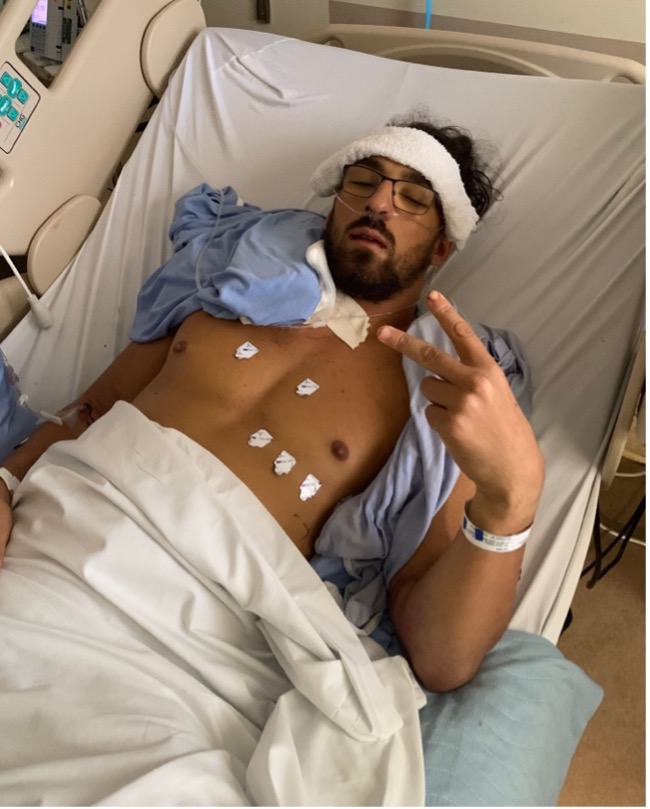
.jpg)
%20(1).jpg)

